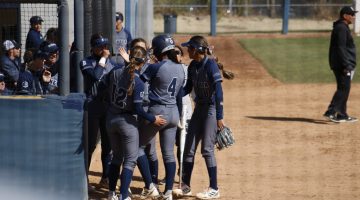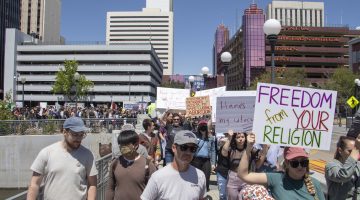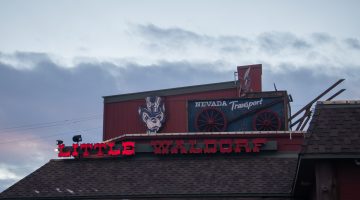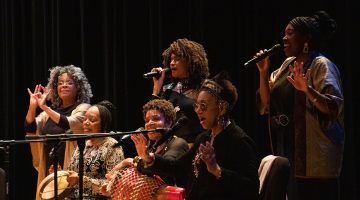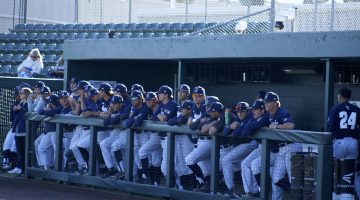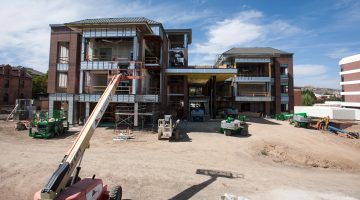By: Marcus Lavergne and Jacob Solis
It’s 9:55 on a Monday morning. Students desperately circle West Stadium Parking Complex in vain attempts to find a parking spot before their first class. Sweat beads at their brow, their pulse quickening as the minutes tick by. What they feared most is coming true. They are now late to class, and there is still no parking space in sight.
Amid the hustle and bustle of the University of Nevada, Reno, where there was once a parking lot now sits a gaping hole. From that hole will spring the E.L. Wiegand Fitness Center, a process that began on June 17.
On that day, construction workers broke ground and destroyed the 200 metered parking spaces that students so heavily relied upon. It came as a shock for those who had been used to using the lot for parking during classes, recreation, and sporting or arts events.
As a result, the university has been busy adding more spaces to campus. The tennis courts adjacent to the university’s John Sala Intramural Fields had been in disrepair for some time, but this year the courts were dug out of the ground and replaced with nearly 200 spots. A majority of those spots are labeled for parking permit users.
Ponderosa Village, UNR’s graduate housing, has also undergone a transformation. Before the housing was available for move-in, the entirety of the lot was designated for drivers with green permits. After the building opened, the lot was dedicated to those with orange permits or those who resided in the apartments. The lot has since been approximately split between green and orange permits.
Even so, Ryan Fong, a student at UNR, calls the parking situation on campus abysmal and believes that it stems from an overselling of parking permits and a lack of spaces on campus. The situation has forced some people, like Fong, to make drastic changes in their parking habits.
“Sometimes during the morning, around 10, there’s no way to park in green at all,” Fong said. “It makes me have to come about half an hour earlier, and finding parking is just ridiculous. You have to fight each other for it.”
Some students may even resort to buying the daily parking pass for $5 or even upgrading their current permit which can be quite costly.
Shane Dean, who also studies at UNR, parks in the green lots. He says the parking situation on campus is ridiculous and will be difficult to solve. When asked about a solution to the parking situation, Dean wanted to suggest another parking lot, but was fearful of financial consequences.
“They’ll just charge more for the parking permits,” Dean said.
The cost of parking is, like most things in life, dictated by a vast array of economic forces. In light of this, some economists and academics have taken to the theory that parking might actually be too cheap.
In his book, “The High Cost of Free Parking,” UCLA professor Donald Shoup notes that the average car in America spends 95 percent of its time parked. More than that, parking in America is generally subsidized by the government — putting the average cost for a space close to zero. In this regard, the burden has, at least in the past, been placed on taxpayers.
Though for Shoup, the burden is too high to pay.
“Just because the driver doesn’t pay for it doesn’t mean the cost goes away,” Shoup said in an interview with Freakonomics Radio. “If you don’t pay for parking a car, somebody else has to pay for it and that somebody is everybody … we pay for it as taxpayers and increasingly I think we’re paying for it in terms of the environmental harm that it causes.”
For these reasons, parking in urban spaces is often scarce and expensive, and the UNR campus is no exception. Campus sits just north of downtown Reno and, on any given day, maintains an immensely high volume of people. Over 21,000 students and faculty work and study on a 255-acre campus — merely two-fifths of a square mile.
The cheapest parking permits, the blue zones out by the medical buildings and Peccole Park, cost $125 and the most expensive, the silver zones in the center of campus and the yellow zones by the dorms, cost $400 per year.
In economic terms, this parking scenario is fairly reasonable for consumers. Shoup noted in 2010 that some parking spaces can cost more than some cars — nearly $31,000. But for UNR students, who are often strapped for cash by an increasingly expensive university system, the reasonability may as well be invisible.
Paying for parking is a major concern for those who drive to or have vehicles on campus. UNR’s growth in both student and faculty population is another. With population numbers growing each year, the administration is incorporating solutions like PackTransit, a two-route bus system that travels to and from housing near campus.
Also, according to the Campus Master Plan Update, the administration has goals of constructing a new parking structure on the south end of campus between this year and 2024.
The Plan also included a projection for the addition of over 500 parking spaces. There are also plans to create space for parking under the new fitness center, but it remains uncertain whether or not those spaces will go to the general public or those working at and visiting the center.
Jane Tors, UNR’s director of communication, called the situation “a balancing act” in a Reno Gazette-Journal article this past July. With increased focus on transportation, bicycle and pedestrian areas, the makers of the university’s Master Plan believe the university can stay on top of future parking demands.
UNR Parking Services declined multiple comment request from the Nevada Sagebrush.
The news desk can be reached at jsolis@sagebrush.unr.edu and on Twitter @TheSagebrush. Alexa Solis contributed to this report.


